Technology has progressed rapidly over the past few decades. The average business has gone from paper and pencil to rough models on the computer, and now to CG that is virtually indistinguishable from a real picture. Renders can even be used for virtual reality displays that let you immerse yourself in the world, admiring 360-degree views of future buildings.
3D renders are the latest evolution of technology and they’re something you can’t ignore no matter what industry you’re in. Whether you’re building a high-rise for a top paying client and want to give them a sneak preview of what the building will look like or are trying to work with a 3D commercial rendering service, 3D rendering is an essential part of your work.
Renders are being used in almost every field, including:
- The medical field
- Architecture
- Marketing
- Manufacturing
- Retail
With so much riding on 3D rendering, it’s worth taking a moment to look at what 3D rendering is and how it can be useful.
What Is a 3D Rendering?
A 3D render is an image taken from 3D data. Although the data used is 3D, the image itself is 2D. There is a huge variety in how renders can look, from simple objects to complex and highly detailed images. 3D rendering is the process of creating these images.
A great deal of factors goes into creating a 3D render. When your 3D rendering service creates your render, they’ll approach the process a lot like a photographer might. They’ll work with lighting, angles, and staging to create an impressive photo worthy of your customers.
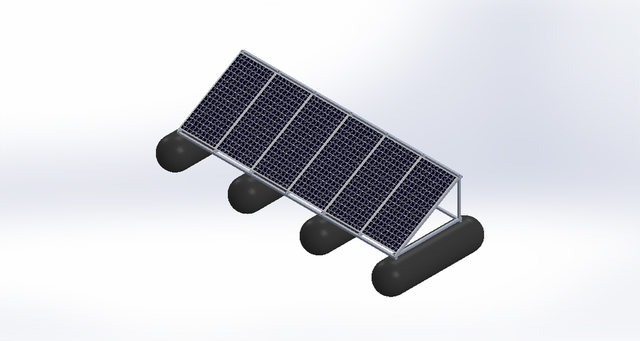
The difference is instead of going to the trouble and expense of setting up a photoshoot, all of the products and even the light used in the rendering all came from data on the computer. The rendering process adds details such as textures and colors until at the end of the process you have an incredibly lifelike photo.
3D renders are especially useful when trying to show clients something that doesn’t exist yet. If you have a technology company and want to develop a new type of product, a 3D house rendering service can give investors a clear idea of what it might look like before it is even built.
This is also the case for buildings and other products where a prototype isn’t feasible beforehand. With a 3D render, you’ll have a clear image good enough for your advertising or website and the picture shown will be virtually indistinguishable from the real thing.
Types of 3D Rendering
Just like there are different types of artists who would approach your project in vastly different ways, there are also different kinds of renders. Each type does different things and has different benefits, so it’s worth taking a look at the different styles of renders and what they do.
Rasterization
One of the first types of renders ever created was a rasterization. In this technique, the computer treats the render as a mesh made of polygons. Data on the render tells the computer where to add texture and color as well as what angle the model should be viewed at.
This form of rendering is still used today and is especially popular in video games and other projects where the rendering has to happen in real-time. That’s because out of all the different types of rendering, this style is the fastest. It’s often used by 3D virtual reality rendering service.
Ray Casting
After rasterization, ray casting was developed as a way to improve on the original design. Although rasterization is fast and effective, it can sometimes experience errors that detract from the quality of the finished piece. One of the most common errors that occur is overlapping images.
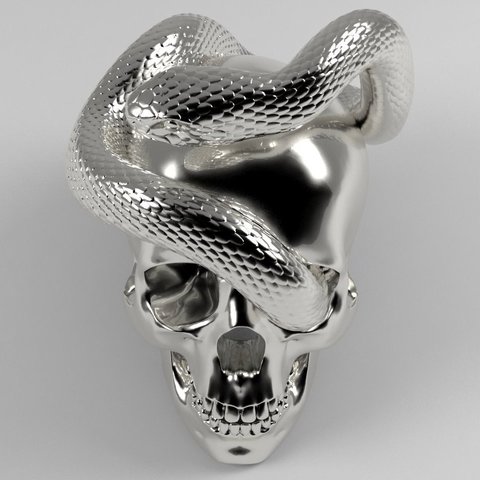
If two surfaces overlap, the computer may draw the wrong object as it simply picks one instead of understanding other considerations. Before ray casting became available, z-buffering was used to help resolve this issue. Z-buffering gave the computer a sense of depth so that it could better decide whether an object goes under or over another object instead of simply picking one.
RELATED: 8 Ways 3D Photorealistic Renderings Help Architectural Design Services with Projects
When ray casting came out, it eliminated the need for both. Ray casting works by casting rays, as the name implies, on the image as it appears to the viewer. The rays check every single pixel from the camera’s perspective and doesn’t show anything hiding behind another object.
This results in the issue of overlapping being eliminated and an improved picture.
Ray Tracing
Ray tracing is the next phase of the rendering process. While ray casting helps a computer decide whether to show an object or not, it doesn’t handle fine details a viewer will notice. This includes things like lighting and shadow.
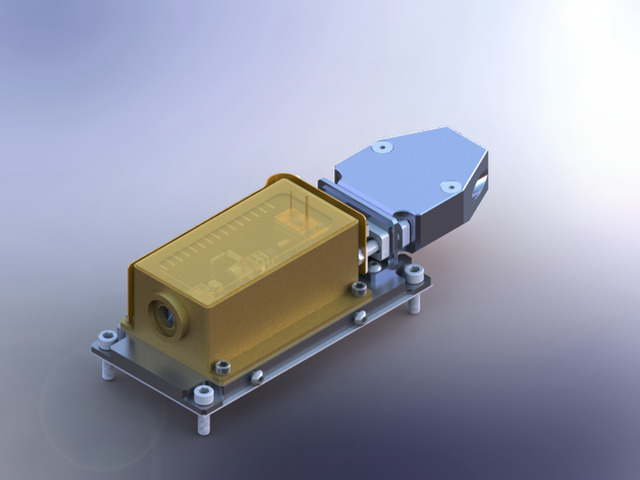
Freelance real-time ray tracing services fine-tune the model for added realism by showing accurately how shadows will fall even with different textures being used. If the surface that the light is shining on is reflective, ray tracing will reflect the light appropriately and show it by illuminating other areas with the reflected light.
Rendering Equation
Light is a surprisingly tricky aspect of rendering to get right. Although ray tracing does an amazing job of tracking the paths of light and shadow, it’s not perfect. It only considers the path of light from direct light sources and fails to consider indirect lighting from other objects.
A rendering equation is the next evolution of lighting in 3D renders and it improves on renders by taking into consideration these indirect sources of lighting. The result is an even deeper sense of realism.
Rendering Software and Hardware
Rendering has come a long way since its inception, but it still takes many hours for a render to be completed. The more detail needed in an image, the longer the process takes. The process can be so long that large companies invest in “render farms” to help speed things along.
If you can’t afford a huge team of people or a 3D modeling service to help your renders complete, the answer is to look for hardware and software that supports the fastest possible render.
For the software, you’ll need to choose a software that uses the GPU, CPU, or both to create the render. Once you’ve found appropriate software, the next step is to give that software the hardware it needs to create the render.
That means you’ll need enough ram and a powerful graphics card to be able to support the program as it renders, as well as the best possible processor.
Even with these things, your render won’t be 100% true to life. Rendering has come very, very close to it with advances in technology, but progress still isn’t perfect.
Why You Need 3D Rendering
Rendering is useful because it can create a 3D interior visualization of almost anything and make it look realistic. This includes things that don’t exist yet, such as a future product. A detailed image of what a product may look like can help you take a step back and visualize the material item. If you see something you don’t like that can be improved, a render allows you to make those changes before creating a real product.
Many types of rendering software also have additional features that make them useful to certain industries. Some software can list the materials needed for a product so that there is less of a chance of mistakes being made during the purchasing process or financial estimates.
Many types of software can also run simulations using the durability of the materials. You can find out how resistant a building is to earthquakes, fire, or other extreme events all before the foundation is even laid.
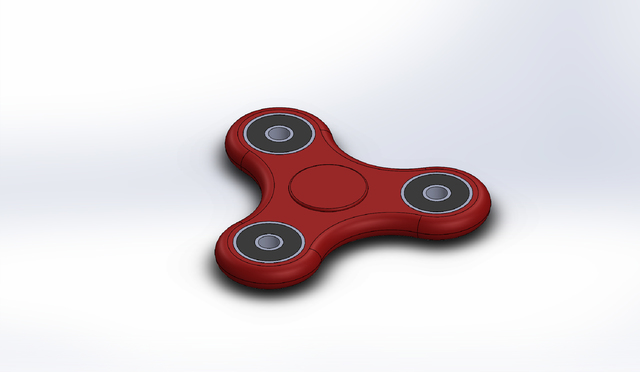
For smaller products, it can tell you how durable the product will be, helping you pinpoint any weak points that should be shored up before they happen. No one wants to get poor reviews due to a foreseeable weakness in the product or to have thousands of a product you can’t sell for safety or other reasons. Renders can help with that.
One other way rendering can help is in your marketing campaign. Many products rely on great marketing to launch new lines. This usually means working with a 3D visualization service to get a prototype fashioned, a photographer hired, and a photoshoot finished weeks or months before the real product becomes available.
It’s an expensive and time-consuming process but is necessary for your advertising campaign. If the product has to be changed later for some reason, the entire process needs to be done over, making the financial aspect even worse.
With a rendering, you can save a lot of time and even money by using a render instead of the real thing. A high-quality render looks very similar to a photograph and will give your clients a clear idea of what they can expect. No physical prototype is needed for the render, nor any kind of backdrop. Everything that is needed to make a render is in the data file of your 3D model.
3D renders can also give you angles you wouldn’t otherwise be able to achieve and the lighting is always perfect. It’s rapidly becoming popular for many different types of advertising due to the high levels of control it allows you.
No matter what industry you are in, 3D rendering is a popular choice that can help bring your work to life.
How Much Does a 3D Render Cost?
As wonderful and useful as 3D rendering can be, if it costs too much, it may not be worth it. How much you pay will depend mostly on what type of rendering you need. In general, the more detail you need and the better experience or training the artist has, the more you will pay. You may also pay more if you need a render done more quickly than other renders since that might mean being bumped ahead of other clients.
A small project that requires few details could run as little as $100, while a huge project with lots of detail and multiple images (or even a virtual reality display) could run over $10,000.
You may have a pretty good idea of what your project will run based on how big it is. If you’re hoping for a detailed virtual reality experience of your future apartment building, you can expect closer to $10,000. If you want a quality render of a single image, between $100-$200 per image is more likely.
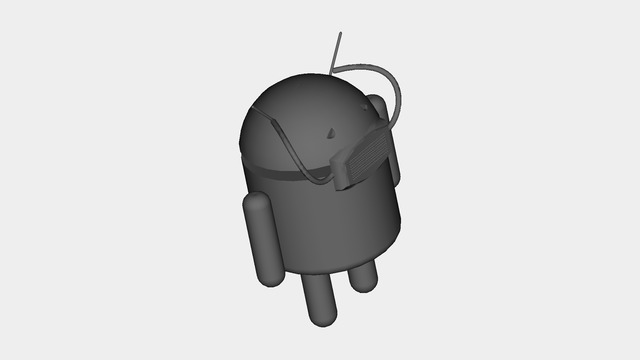
You can help get a good idea for the average price of a 3D render by getting multiple quotes from many 3D commercial rendering services. If most of the quotes fall within the same price range, you have a pretty good idea of what the average price is. By doing this, you’ll also know if someone is particularly overpriced or underpriced.
If you get a price that is greatly outside the normal range, proceed with caution if you decide to go forward with that person. It’s possible you may find a very talented person who has low balled their price to build their portfolio, but more often, you get what you pay for. On the other hand, a person with a high price tag may not be that much better than an average priced artist.
Before you pick, look at the portfolio to judge whether their level of work will be fine for you or run a small project to test their abilities. You don’t want to get elbow deep in a project only to discover the 3D aerial rendering company can’t handle the scope of your project.
What to Look for in a 3D Render
A quick look at an artist’s portfolio can help you determine a lot about the skill level of that person. When you look at a render, pay careful attention to the level of detail. Do they show texture, light, and shadow realistically? Is the render fairly simple, or is it ornate?
Look through the portfolio front to back. Does the portfolio include a couple of really nice leading images, but the rest are average? Do the images look like they were made for real people, or do they look like they were simply made to catch your attention?
It’s also helpful to take a look at the reviews closely to see what clients have said. If all they have are five-star reviews, and the reviews give no detail or have very little in the way of commentary, they may not be authentic.
RELATED: What are the Different Types of 3D Rendering Services?
In general, you want to find a renderer who is experienced with working on projects like yours. Look for real reviews that offer details about their experience, and portfolio pictures with a lot of detail. These portfolio pictures should also ideally be similar to what you had in mind for your project.
A renderer who deals mainly with manufacturing renders won’t be able to do an interior design on an apartment justice, while an architectural renderer may not give a product the ergonomic look you were hoping for.
Take your time when looking for a renderer, and look at a minimum of three before making a decision. You’ll know when you find the right one, and you can work with that one knowing you’ve done your due diligence.
The Future of 3D Rendering
3D rendering has grown tremendously since the beginning. The shaky CG effects in movies that we laugh at now were state of the art once upon a time. As 3D rendering goes forward, the technology is still growing.
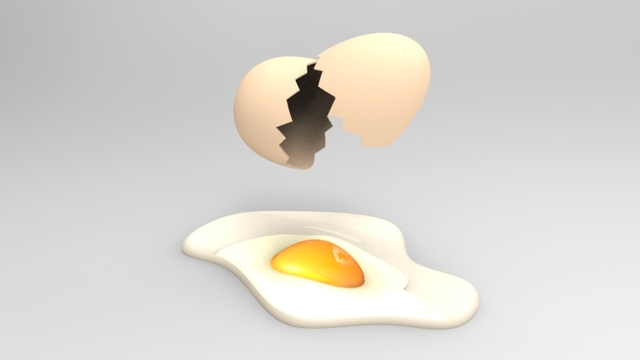
Augmented reality is a popular trend developing for business right now, with innovative companies bringing the ability to try on clothing or check how a piece of furniture looks without having to go anywhere.
We can also expect 3D renders to take over more places in the market, including 3D medicine. 3D renders of organs are helping doctors get a better understanding of what is going on in a patient’s body and the whole process is getting more affordable for even small companies to bring in.
3D renders are an incredibly useful tool that are helping us to build stronger buildings, save the lives of patients, and make amazing products. There is no end to the amazing things you can do with a high-quality render. If you’re looking for innovations for your business, 3D renders are the way to go.
Cad Crowd’s 3D Rendering Services Can Help
At Cad Crowd, we have a network of 3D rendering professionals at your service. If you’d like help with your project, get in touch today. Find out how it works.
